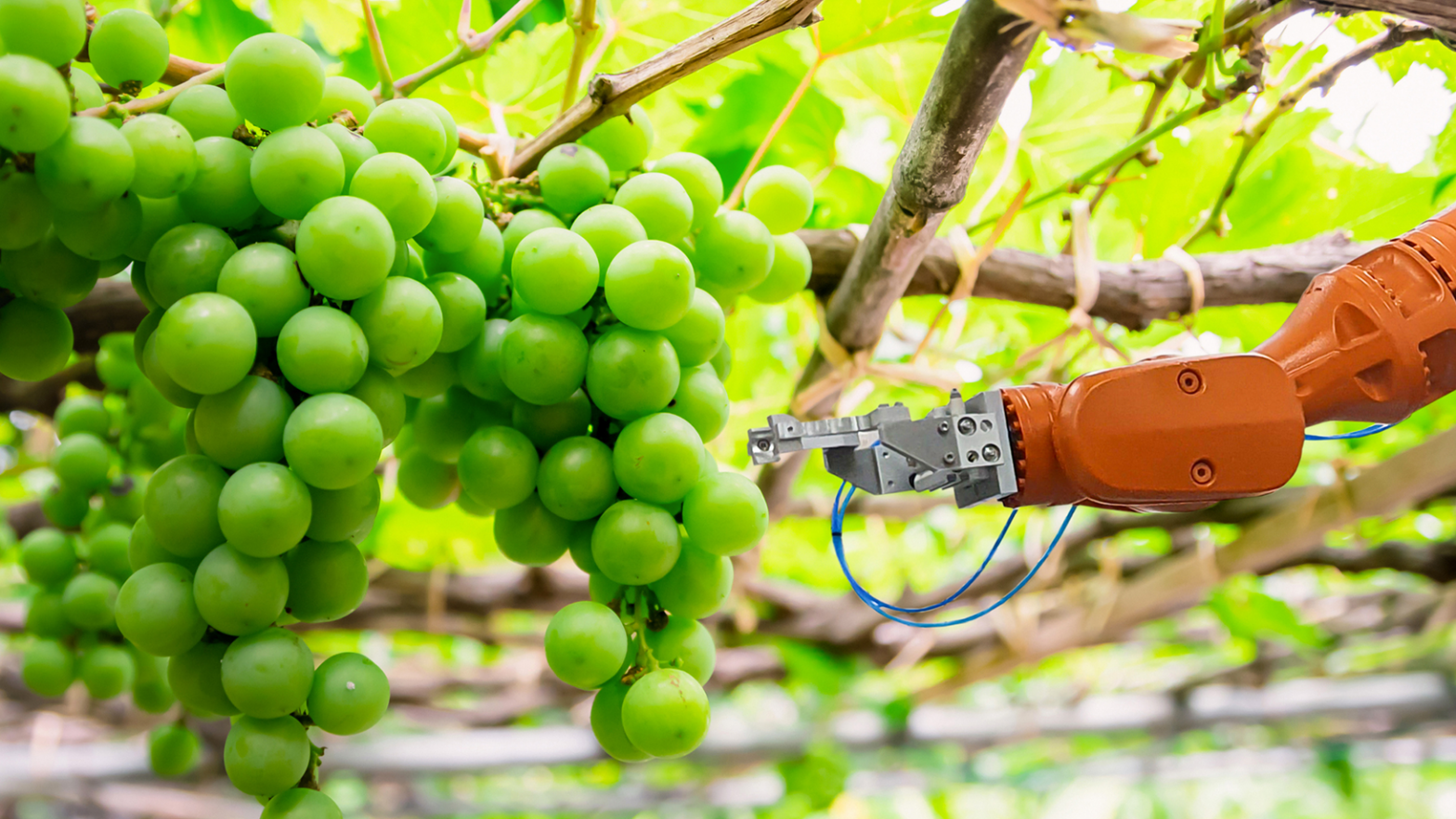
Rosé to Robots: How AI is impacting the wine industry
Artificial intelligence (AI) is rapidly transforming many industries, and viticulture is no exception. For wine producers and enthusiasts, AI offers advancements that enhance quality and streamline production.
The sommelier of the future?
Wine grading has long been an integral part of the industry, with scores influencing purchasing decisions. Traditionally reliant on expert sommeliers and critics, the process is subjective and prone to personal biases.AI is transforming wine rating by providing more objective, consistent, and scalable methods of evaluation. AI-based tasting systems use gas chromatography and electronic noses to analyse a wine’s chemical composition. These systems can detect subtle flavour compounds, aromas and taste profiles that even experienced tasters might miss and then compares the chemical profiles with databases of previously top-rated wines. Using these techniques the AI sommelier can predict quality and aging potential with remarkable accuracy and can help maintain consistency in grading by removing human subjectivity.
In addition to ratings, AI is taking on other roles traditionally fulfilled by sommeliers. By using machine learning, natural language processing and big-data analysis of online reviews, past purchases and user preferences, AI tools are increasingly being used to provide wine recommendations and to help novices and enthusiasts alike discover new bottles that align with their tastes. The same tools are also helping wine producers make informed predictions about how well a particular wine will be received by the market and how best to position them.
Vineyard management
AI isn’t just influencing sales; it’s also transforming vineyard management, from disease detection and soil analysis to yield prediction. AI-powered precision farming helps vineyard owners manage vines and optimise grape production. Traditionally vineyard managers relied on visual inspections and experience to detect pests, diseases and nutrient deficiencies, new AI-enabled imaging systems linked to drones can now analyse plant health in real time and identify early signs of disease, allowing winemakers to intervene before problems escalate. This proactive approach can reduce the need for pesticides, improving grape quality and sustainability and reducing overheads.
AI-driven sensors can also collect real-time data on soil moisture, nutrient levels and weather conditions, enabling vineyard managers to make more informed decisions about fertilisation, irrigation and harvesting times. While analysis of historic data can be used to forecast yields and predict how climate changes can affect grape growth, enabling better resource planning and helping to avoid overproduction or shortages.
Functionality but no flair
While AI offers some significant advantages, there are concerns that excessive reliance on AI could diminish the artistry and tradition of wine production and could impact the cultural and sensory nuances associated with wine appreciation. Balancing technology with tradition will be key to ensuring the wine industry can utilise the data-driven benefits offered by AI while retaining its traditional culture and artisanal essence.
How we can help
As AI reshapes the wine industry, balancing innovation with tradition is key. At Cripps, our experts in technology guide businesses through digital transformation, offering tailored legal solutions to support growth and manage regulatory challenges.
Talk to us about
Related services
Related sectors





 Download PDF
Download PDF
